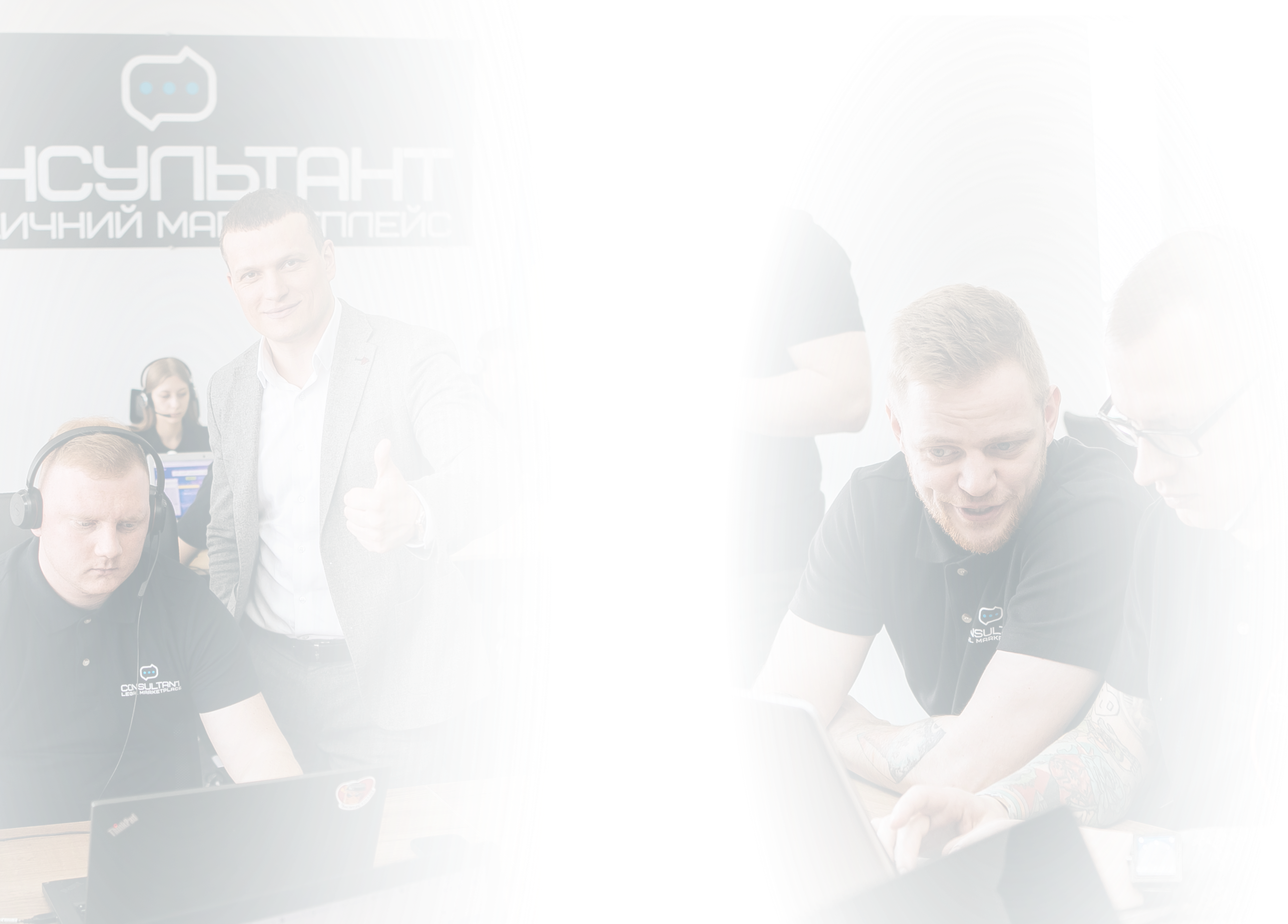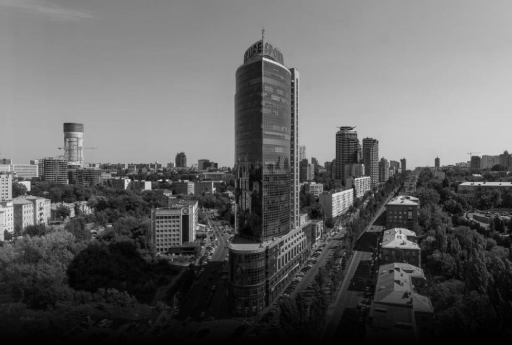I am studying in the third year of the State University of Economics and Technology.I specialize in contractual, economic and corporate law, in particular, I provide consultations and write articles.
Investigative actions, the list of which is established by the current criminal procedural legislation, play an exclusive role during the pre-trial investigation. One of the types of investigative actions is presentation for identification, which consists in the recognition by the established subjects of the criminal process of a previously perceived object based on the signs stored in memory. The purpose of conducting this investigative action is to establish the identity or similarity of a certain object, or a person who appears with an object or a person who was previously observed at the time of the commission of the offense, or after its commission. With the help of this process, it is possible to establish important circumstances for the case, which will be taken into account at the stage of court proceedings.
Analysis of general procedural aspects of presentation for recognition:
There must be certain grounds for conducting any investigative action. According to Art. 223 of the Criminal Procedure Code, the sufficiency of information that indicates the possibility of achieving the above-mentioned goal and will serve as the main basis for conducting a presentation for identification. If we analyze this provision of the legislation, it is possible to assert the presence of both a factual and a legal basis for conducting an investigative action. The factual basis is that the investigator, prosecutor has sufficient data indicating that a specific subject can recognize the object by certain features. The legal basis is provided by the rules of the Criminal Procedure Code, which regulate in detail the conduct of this investigative action. As for the participants who must be present, they are: the investigator, the recogniser, the person to be recognized, as well as those persons (minimum three) who also appear for identification together with the person to be recognized. If a minor participates in the investigative act as a recogniser, then his legal representative or a teacher must be present. By filing a motion, the defense party can also be the initiator of this investigative action, and in this case, the presence of the person who acted as the initiator or his defender or representative is mandatory. If the object of identification is a person, things, or a corpse, it is necessary to involve witnesses (at least two people). Another feature is the time of investigative action, because the Criminal Procedure Code clearly prohibits the conduct of procedural actions of this nature at night, except for some cases related to urgency.
Features of presentation for personal identification:
Before carrying out this investigative action, a number of measures must be implemented, namely: conduct a preliminary interrogation of the recognizer, select objects among which identification will be carried out, determine the place and conditions of the investigative action, establish the circle of participants and the means that will be used in this case (technical devices ). The person to be identified is presented together with other persons (at least three persons) of the same article without differences in age, appearance and other features. Full cognition is excluded, that is, by the same person and with the same signs. Before starting the identification, the participant must be informed of their rights and obligations by the investigator or the prosecutor. After the person recognized the person who presented himself for recognition, he must explain by what signs he was able to do so. When conducting this investigative action, the legislation also provides for safety measures for the recogniser, that is, when the person to be recognized cannot hear or see the person who is recognising. If there is a need, this investigative action can be carried out with the use of photographs or video materials. The entire identification procedure, all conditions, circle of participants - is reflected in the protocol.
Lawyer's consultation in criminal cases:
The criminal lawyer will accompany the suspect during all procedural actions. During their conduct, the criminal lawyer will record committed violations by the investigator, the prosecutor, ensure the protection of his client's rights, conduct a legal analysis of the situation and analysis of documents. Since a criminal case is a rather complex and multi-stage process, each investigative action plays a significant role in the formation of the subject of evidence, and the participation of a lawyer is a safeguard against violation of the suspect's rights.





























